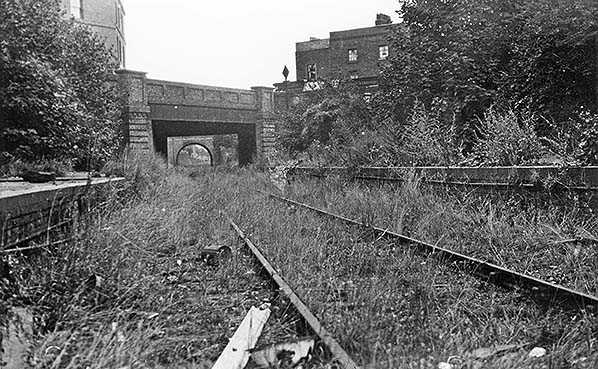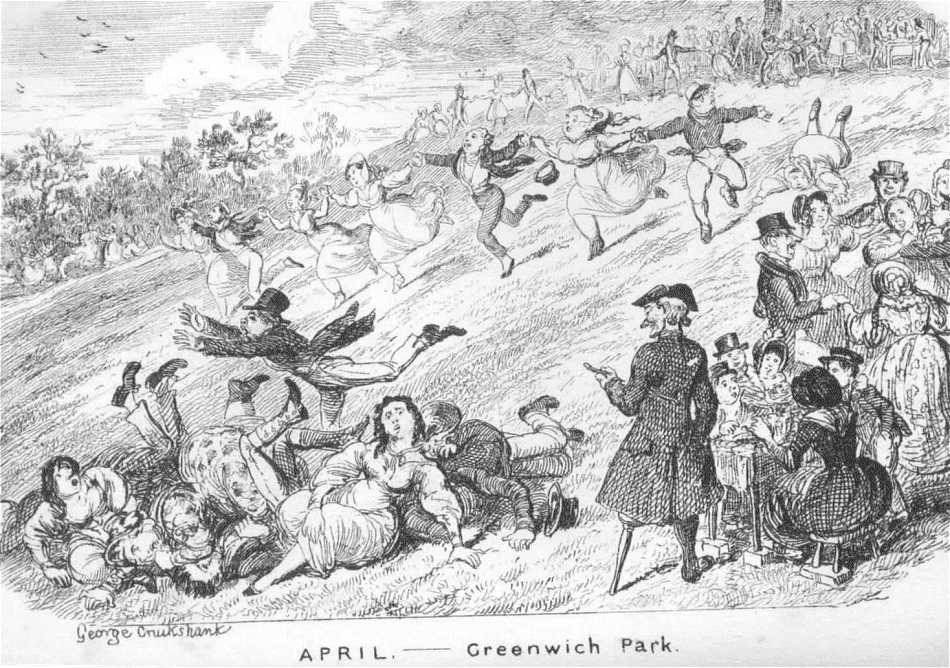We love Greenwich Park. For those brought up or simply living in South-East London, it is a certainty of life. It provides an imaginative cornerstone for the conceptualisation of not only South London, but London in general. If you were a child with an SE postcode (or even further!) you will have visited Greenwich Park, most likely numerous times, and with good reason. You will have basked in its all-year glory as it shows off the most beautiful aspects of each season. If you haven’t – you must. So, for your pleasure, here are Five Interesting Facts About Greenwich Park.
The Birthplace of Royalty
The fact that Greenwich Park is a Royal Park innately suggests a link with royalty. However, it has an even stronger link to royalty than the other Royal Parks in London, most of which are north of the river – Green Park, Hyde Park etc. (who needs them). Henry VIII, yes, the Henry that treated all the women he married so awfully, was born here. He ended up liking the park so much that two of his daughters – Mary I, and the arguably even more famous than her father Elizabeth I – were also born here. Who knows, perhaps they were conceived there too!
The Underground Passages
Get this; Greenwich Park has tunnels running underneath the surface of it. No, seriously; tunnels. There are at least three of them and they are large enough for a person to walk upright through them. Their function? Tunnels used by smugglers? No, sadly not. They were water mains designed to channel natural groundwater to the buildings of the Royal Hospital (Now the National Maritime Museum). They used to be open to the public, and one could enter through Hawksmoor Conduit House, built in 1720, but the fun was stopped back in 1917.
Allegedly, they were then earmarked and possibly developed as underground air raid shelters during World War 2. In fact, some people believe enormous underground reservoirs were built, to ensure a water supply in wartime London. If only there was a way in... Rumour has it that one of the many smaller tunnels beneath Greenwich Park snakes its way to Vanbrugh Castle, although few know its existence. An account from one of the old boys, who had boarded at Vanbrugh Castle, tells of how they used to leave the boarding house at night to go and explore the tunnel - the entrance of which was mostly covered so that only the youngsters could pass through.
It had its own station – Greenwich Park Railway Station
Let me tell you, dear reader, of a fierce battle that happened one hundred years ago. In 1888, London Chatham and Dover Railway opened a station next to Greenwich Park to rival the nearby (and still open) Greenwich station owned by South Eastern Railway. Alas, the station was never popular and was closed just under thirty years later, in 1917, and was eventually replaced by an Ibis Hotel. This did not stop it being referenced in Joseph Conrad’s novel The Secret Agent though, which was the subject of a three-part BBC drama starring Toby Jones, also filmed at Greenwich Park.
Host of the Greenwich Fair
Until 1857, Greenwich Park was the site of one of London’s largest public fairs – Greenwich Fair. Pulling in crowds of 200,000 people at it's peak, you can forget Glastonbury; this was the real deal. Individuals would trek from all parts of London to attend – the main attraction? Tumbling. People would join hands and charge down the hill upon which the Royal Observatory sits. These could end in quite brutal injuries as they went hurtling head-over-heels, but people did it anyway because, well, if women did it, their undergarments would eventually be on show. Charles Dickens described it as ‘a sort of spring-rash; a three days fever which cools the blood for six months afterwards, and at the expiration of which London is restored to its old habits of plodding industry.’
Victorian London
The Seriously Ancient Trees
Anyone who has visited Greenwich Park regularly will know or at least have seen Queen Elizabeth’s Oak, which sits more horizontally than its counterparts and is more a bit of wood than tree now, but dates to the 12th century. However, it is not the only old tree, oh no, next time you enter the park from the Blackheath side, notice the large sweet chestnut trees that border the road. 350 years old they are. They were planted by Charles II in accordance with plans drawn up by Andre Le Notre, designer of the Gardens of Versailles, in 1660.
WHAT IS THE SOUTH LONDON CLUB?
The South London Club is a local discount card to help support small independent businesses across South London whilst saving all who live, work & play in South London money! With over 500+ local discounts to choose from, you will discover & explore all the best hidden gems in South London. Join over 5,000 of us & celebrate all that's independent & South London!




